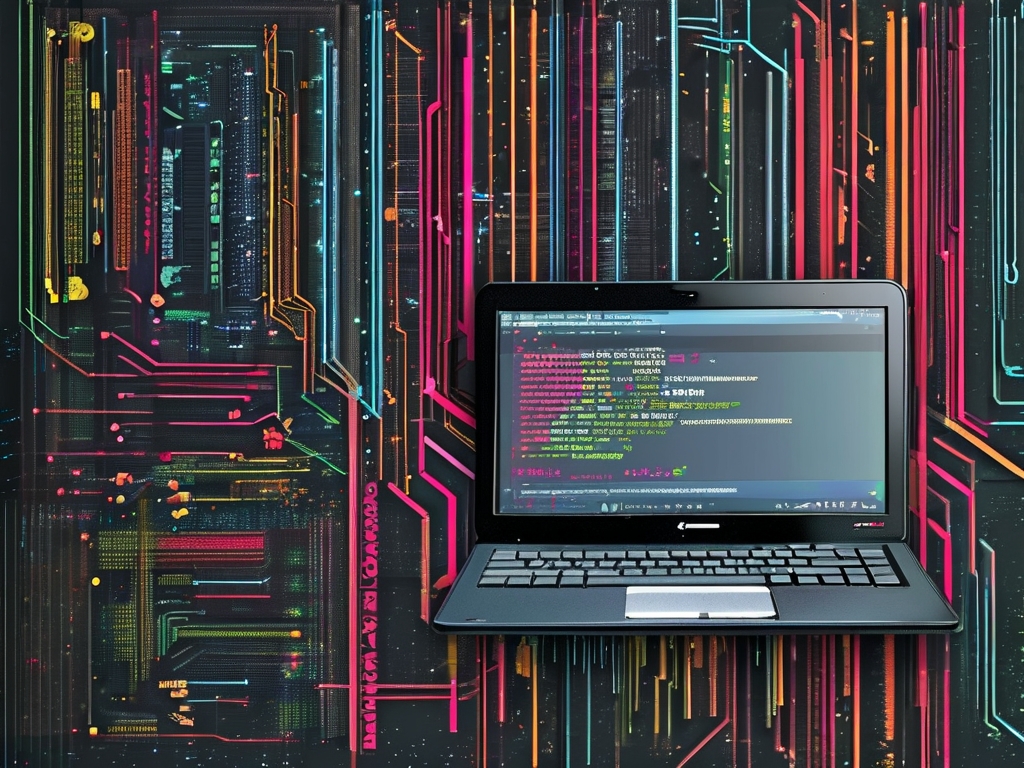Computer networks form the backbone of modern digital communication, and understanding their fundamentals is essential for students and professionals in technology fields. A well-structured computer networking basics textbook serves as a critical resource for building this foundational knowledge. This article explores the key components of an effective introductory networking textbook, its pedagogical value, and how it prepares learners for real-world challenges.

The Structure of a Quality Networking Textbook
An ideal computer network fundamentals textbook typically begins by explaining core concepts like network topologies, protocols, and data transmission principles. Early chapters often introduce the OSI (Open Systems Interconnection) model and TCP/IP suite, providing readers with a framework to understand layered communication. Visual aids such as diagrams of star, mesh, and bus topologies help clarify abstract ideas.
Middle sections usually delve into hardware components: routers, switches, hubs, and network interface cards. A strong textbook contrasts their functions—for instance, explaining how routers operate at the network layer while switches function at the data link layer. Case studies comparing Ethernet, Wi-Fi, and fiber-optic technologies demonstrate practical applications.
Advanced chapters address critical topics like network security, IP addressing (including IPv4 vs. IPv6), and subnetting. Exercises involving binary-to-decimal conversion for IP classes reinforce technical skills. Many textbooks also include packet tracer simulations or Wireshark analysis examples to bridge theory and practice.
Pedagogical Features That Enhance Learning
Effective textbooks employ pedagogical tools to engage learners. Key features include:
- Chapter summaries highlighting takeaways like the differences between UDP and TCP protocols.
- Hands-on labs guiding readers through configuring virtual LANs or setting up firewalls.
- Troubleshooting scenarios such as diagnosing DNS resolution failures or latency issues.
- Historical context, such as the evolution from ARPANET to modern 5G networks.
For instance, a chapter on cybersecurity might include a lab where students use encryption tools like SSH or configure ACLs (Access Control Lists). These activities cultivate problem-solving skills essential for roles like network administrators.
Alignment With Industry Standards
Top textbooks align content with certifications like CompTIA Network+ or Cisco CCNA. A chapter on network troubleshooting might mirror the CompTIA exam objectives, covering tools like ping, traceroute, and netstat. Similarly, sections on VLANs or OSPF routing protocols prepare learners for Cisco-specific terminology.
Case studies on real-world networks—such as enterprise setups using SDN (Software-Defined Networking) or cloud-based infrastructures—keep the material relevant. Discussions about emerging trends like IoT (Internet of Things) security challenges or edge computing ensure the textbook remains forward-looking.
Critical Analysis of Common Textbook Shortcomings
While many textbooks excel in theory, some overlook practical implementation. For example, a book might explain DHCP theory but omit step-by-step server configuration guides. Others may underemphasize wireless technologies like Bluetooth Low Energy or Li-Fi. Additionally, outdated texts might neglect modern concerns like quantum networking threats or Zero Trust Architecture.
The best textbooks balance depth and accessibility. Overly technical jargon without clear definitions can alienate beginners, while oversimplification fails to prepare students for advanced studies. Peer reviews and adoption rates in academic curricula often indicate a textbook’s effectiveness.
The Role of Supplementary Materials
Accompanying resources significantly enhance a textbook’s utility. Online platforms with interactive quizzes, video lectures explaining subnetting, or GitHub repositories with Python scripts for network automation add immense value. For example, a companion site might offer Packet Tracer activities for simulating network attacks, allowing students to practice mitigation techniques.
Instructors also benefit from slide decks, test banks, and rubric-guided lab assignments. These tools transform static content into a dynamic learning ecosystem.
A well-crafted computer networking basics textbook is more than a compilation of concepts—it’s a roadmap for mastering one of technology’s most vital domains. By combining theoretical rigor with practical exercises, aligning with industry standards, and integrating modern challenges, such a resource empowers learners to design, secure, and optimize the networks that drive our connected world. As networking continues evolving with AI-driven infrastructures and 6G advancements, the foundational knowledge from these textbooks remains indispensable.





